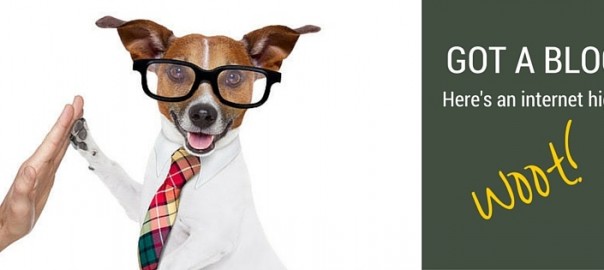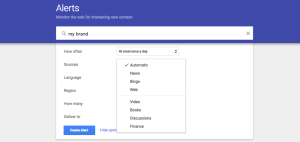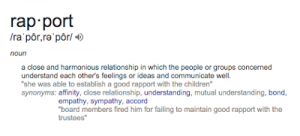
I’m in a chipper mood today, you guys. So if your organization has a blog, have a free high-five. You rock.

If you don’t, this is your intervention; we’re here to help.
Blogging is awesome for so many reasons, but here at Quintain, we know publishing a steady stream of content can be quite the undertaking.
One of the ways we help keep things fresh around here is by having our entire team contribute to our blog. This strategy not only prevents the responsibility of our blog from falling onto a single person’s shoulders, it also enables us to share different viewpoints and unique perspectives with you almost every day of the week.
If you too have a team of blog contributors, inevitably you will have to address the proverbial white elephant in the room:
What do you do with someone’s content attribution when they leave?
Should you delete them, like pictures of an ex on Facebook? Or perhaps you could reattribute their content to a different author? What about awkwardly acknowledging the fact that they’ve left by expressing your feelings through MS Paint?

Pro-tip: Don’t do that.
When it comes to dealing with the content attribution of a former employee, your mission is clear in a majority of cases: Do absolutely nothing. That’s right – leave their content attribution alone.
Why? Well, let’s take a look at the alternative. If you were to attribute the content of a departing employee to another one of their colleagues, they could never point to that content as examples of their work in the future. Moreover, someone else is getting credit for their hard work. (Unfair, right?) This is especially important given that we’re living in an age where your online resume – further substantiated by services such as LinkedIn – is very important, especially if your professional skillset includes content creation.
However, if unfortunate circumstances arise where the removal of an individual’s attribution becomes an action that must be taken, you can reattribute their content to a generic author designated for the organization, rather than another employee. If you’re a smart cookie who uses HubSpot, that’s easy. Simply create an “author” featuring your company name, logo, a brief description of your organization and links to your social accounts.
If your team is anything like ours, every contributor is still like family, even if they move on to a new opportunity. That said, each situation is unique. Just remember that no matter what action you choose to take, what you do should strike a balance between preserving the hard work an individual put forward and the needs of your brand.
(179)









